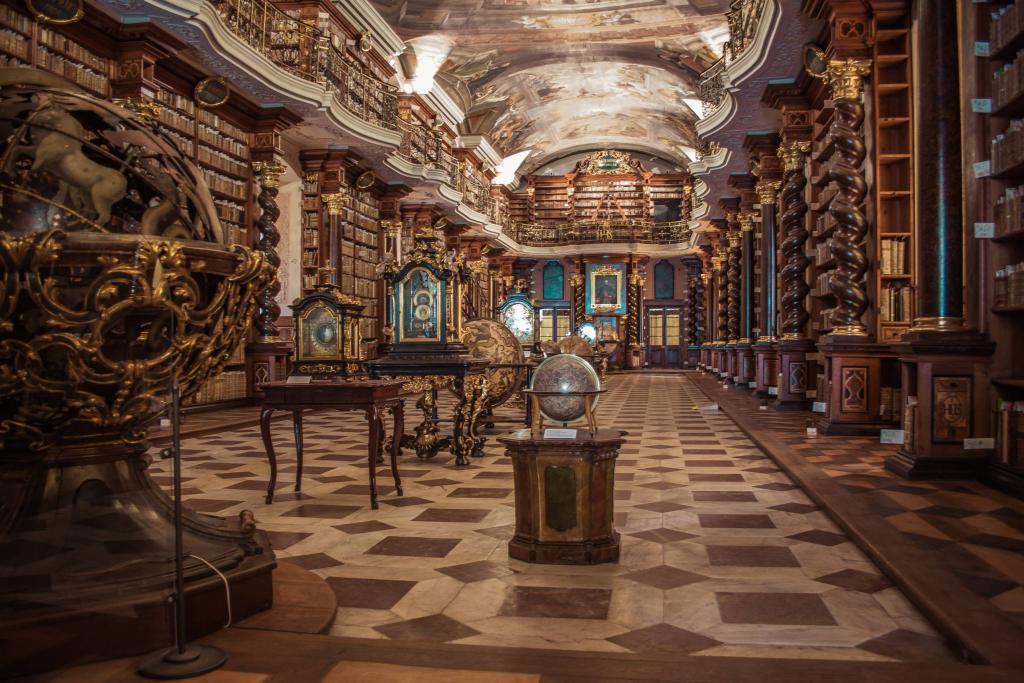
It may seem like the spookiest thing about walking into a bookstore these days is how empty it is, with many choosing to swipe away on their Kindle as the shelves of old and rare books collect dust. But that’s nothing compared to the cursed books that have haunted us for centuries. While novels are supposed to bring wisdom and wonder, there are a few books in the world so cursed that one page flip will leave you with years of bad luck and misfortune.
From cursed Japanese poetry and witch’s spellbooks to a deadly novel that kills anybody who dares to edit its pages, the world of literature has a dark side that you couldn’t even imagine. Read on for our top five most cursed books to read at your own risk.

The Orphan’s Story
It can take a while for an author to get their big break, even the first Harry Potter manuscript was rejected 12 times – but 400 years is surely a new record. Written in the early 1600s by Martin de Leon Cardenas, The Orphan’s Story is a Golden Age novel about a 14-year old Spaniard who heads to the Americas in search of fortune. While it may sound like the typical feel-good adventure story, a major darkness lurks within its pages that led to the novel not being published until 2018.
Belinda Palacios, a Peruvian scholar who edited the book for two years, says that she was warned by multiple people about The Orphan’s Story. They told her that the book was cursed, and the reason it had taken so long to publish was that anybody who worked on it would die in mysterious ways. While she initially laughed it off, research showed that those who previously edited the book died in horrific car accidents or of strange illnesses. Did the powers-that-be not want the ancient script out in the world? Palacios remains alive and well two years after the book’s release… so here’s hoping the curse has lifted.
The Untitled Grimoires
You would think people have watched enough scary movies to know never to mess with a witch’s spellbook… but apparently not. The Untitled Grimoires is a set of two handwritten, spiral-bound spell books, sold by an online retailer for nearly $14,000 back in 2013. The books were handwritten in the 1960s by Persephone Adrastea Eirene, a high priestess of Wicca who supposedly led her own coven. All 250 pages are filled with incantations, spells, enchantments, and details on how to summon spirits and demons.
However, there is a serious catch. The seller warned buyers that any non-believers who messed with the books would bring a deadly curse upon themselves, while Persephone herself explicitly tells readers on the first page that proceeding with the book would have serious consequences. She wrote, ‘To those not of the craft – the reading of this book is forbidden! Proceed no further or justice will exact a swift and terrible retribution – and you will surely suffer at the hand of the craft’. Since the absolute best way to get somebody to do something stupid is to tell them it’s forbidden, we really hope that the buyers of this cursed book made the right decision.
The Book of the Sacred Magic of Abramelin the Mage
Most parents give their kids toys or a new phone as a gift, but Abramelin gave his son a book full of mythical curses. That works too. Since it was translated to English in 1900, this 15th century novel has had a reputation for being cursed. There are several theories why, but most believe it has to do with the mage’s belief that everybody has their own, unique personal demon.
Throughout the book, he gives instructions for rituals and supernatural feats to bring your demons under control. Any paranormal enthusiast knows that it’s risky to reach out and communicate with the spirit world, so it’s not surprising that readers of this book have reported bad luck and hauntings by spirits from another realm.

The Grand Grimoire
When a book is nicknamed the “gospel of Satan,” you may want to think before cracking it open. Said to be written by a man possessed by the devil, this 16th century book is known as one of the most terrifying occult books in existence. It contains dark incantations and instructions on how to summon demons and raise spirits from the dead. That last part may sound appealing to those who are grieving or suffering from loss, but this book’s dark reputation makes it one of the most feared medieval manuscripts of all time.
Since even opening the book is considered equivalent to selling your soul to the devil, it’s a good thing that The Grand Grimoire is not available for purchase. It’s said that the original copy is currently kept in the Vatican Secret Archives, and not currently available to the public.
The Voynich Manuscript
There’s nothing more frightening than the unknown, and this is why The Voynich Manuscript has become one of the most mysterious and feared books of all time. Written in the 15th century, all 240 pages are inscribed in an indecipherable language that has frustrated and cursed people with bad luck for years. While countless historians and researchers have tried to crack the code, none have been successful.
Was it written by people from another country? An unknown species? Alien life? Nobody knows… but it’s been long speculated that a fatal curse will be unleashed on anybody who finally unlocks this terrifying language.
The Lesser Key of Solomon
The Lesser Key of Solomon is a grimoire of demonology. Like many of these books, it has multiple names and is also known as the Clavicula Salomonis Regis. To add to the mystery the original author is unknown although several authors who have re-written it take credit on some cover variations. The pictured version is available on Amazon even.
The books is actually divided into five discreet books—the Ars Goetia, Ars Theurgia-Goetia, Ars Paulina, Ars Almadel, and Ars Notoria. Most historians believe the book of spells is a compilation taken from other grimoires dating as far back as the early 1500s. In essence, it is really written by many previous authors and compiled into a master book of magic. The contents include summoning demons, angels, and spirits. Creating magical talismans, spells of invisibility, curses, and anything else you might imagine wanting to conjure using magic.
Owners of the original manuscript report strange happenings such as pages turning on their own, the book flying off the shelf, hearing whispers in the dark and seeing dark shadowy figures after obtaining the book.
Arguably it might be safer to buy one of the re-writes as perhaps curses don’t transfer, but to be on the safe side maybe just observe this book at a distance.

I am a lifelong pop culture junkie with immense passion for all forms of art and entertainment. On a typical weekend, I can be found at a concert or musical, chasing ghosts on the Haunted Mansion at Disneyland, or watching way too many makeup tutorials on YouTube.
